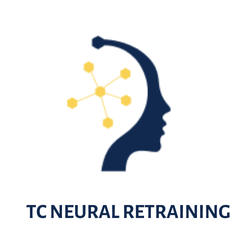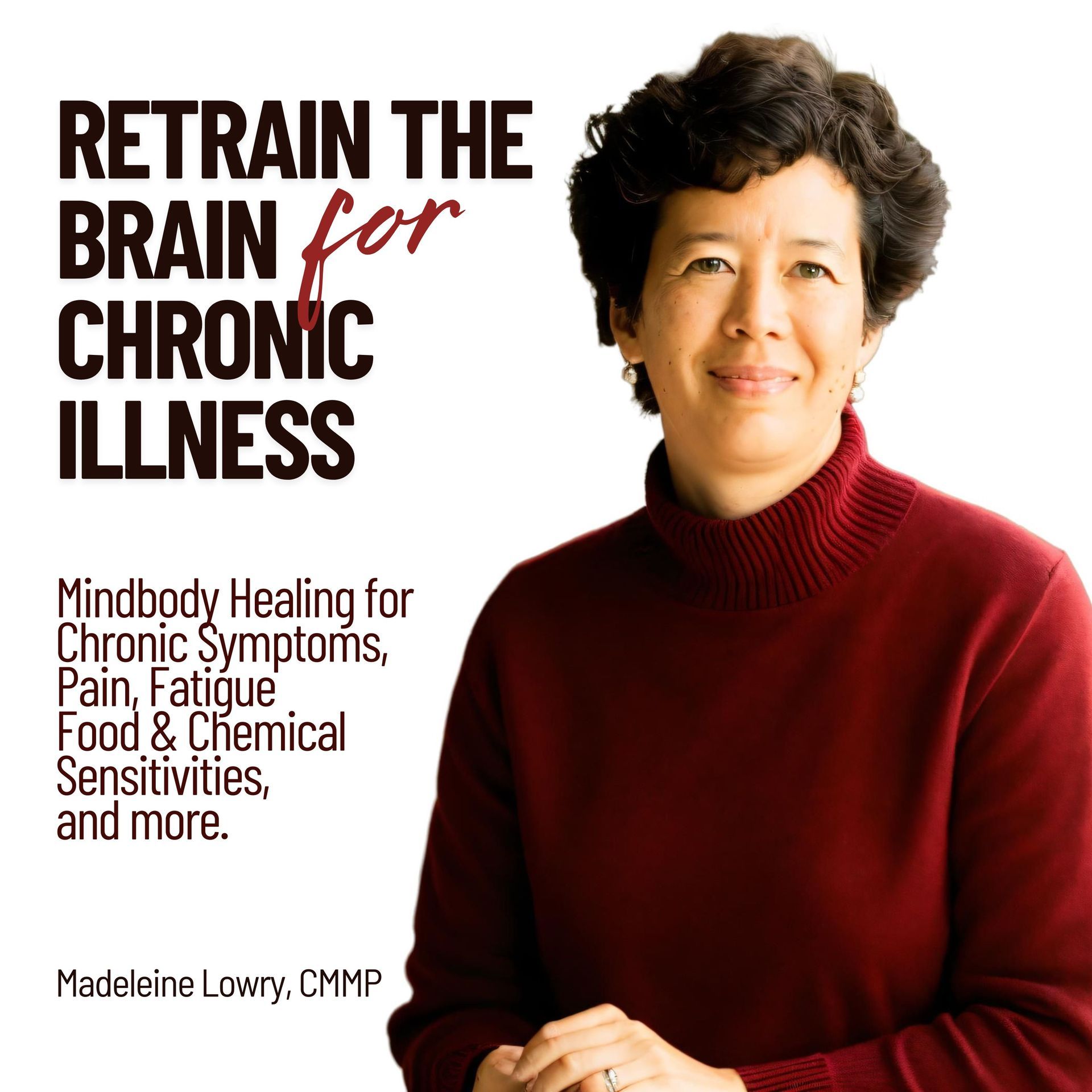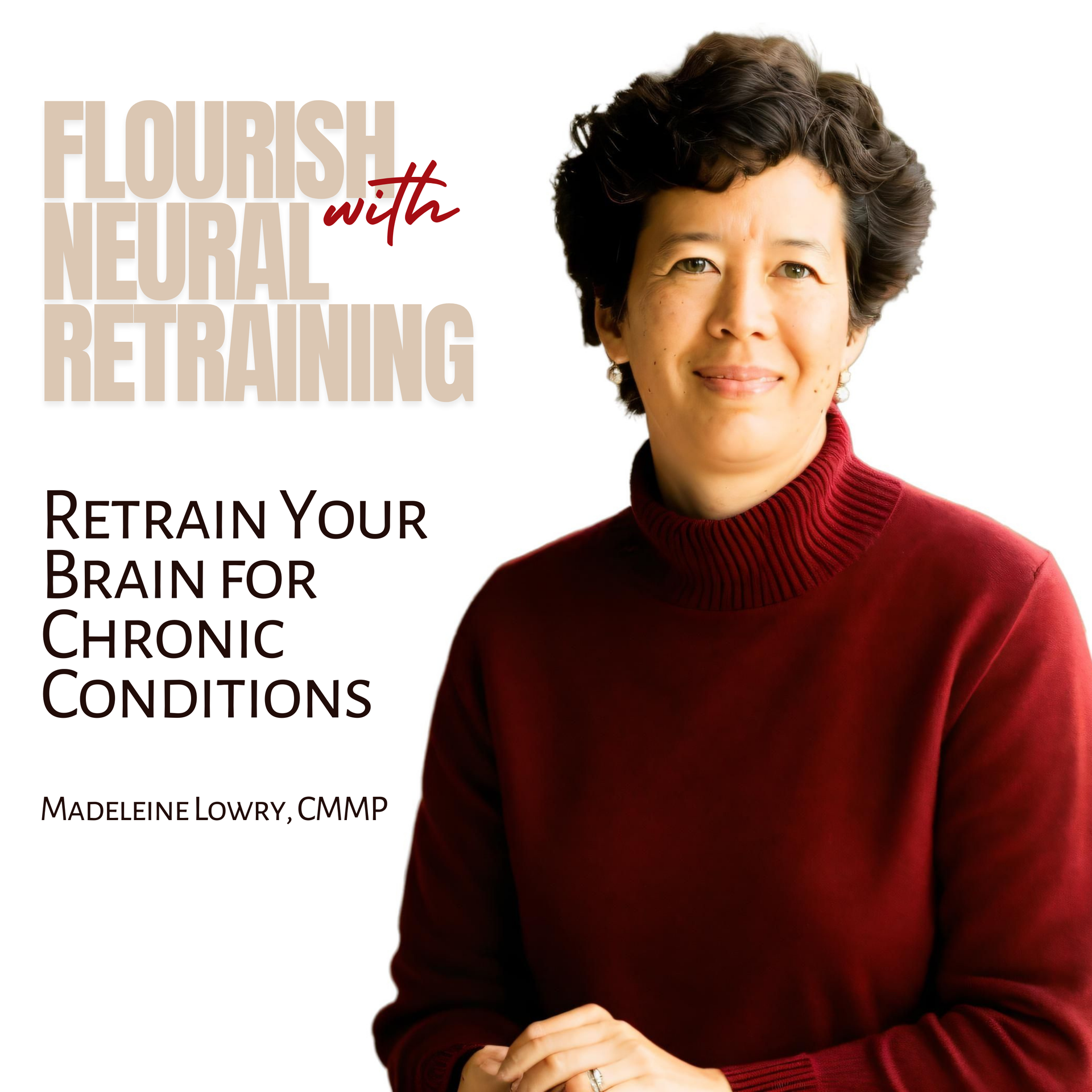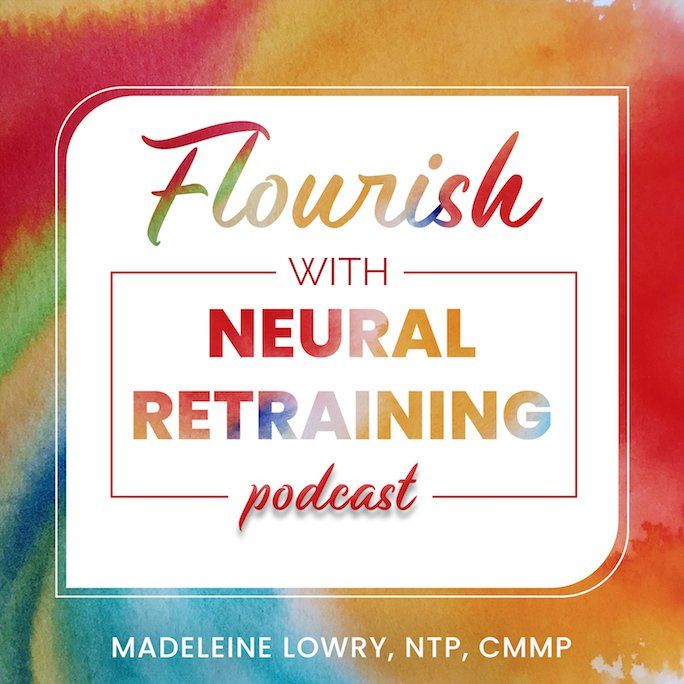What is the Difference Between Basic and Advanced Methods of Neural Retraining?
Learn about alternatives to DNRS, Gupta and other basic methods of neural retraining.
Video Transcript
Hi, Madeleine Lowry, certified MAP Method practitioner. I'm here to answer the question: What is the difference between basic and advanced methods of neural retraining? So, you may have heard of basic methods like Gupta, like Louise Hay's work with affirmations, like the DNRS method--Dynamic Neural Retraining System.
The difference between a basic method and a more advanced method is that a basic method is trying to work with the conscious mind in order to influence the subconscious mind. Now, remember the subconscious mind is a habit mind, it's a pattern mind, it's a very powerful aspect of mind because it is responsible for 90 to 95% of all brain activity. It is, as Andrew Weil describes it, 'the mind of the body.' It is the part of your mind that has been running all of your systems,
has always run all of your systems. And so when we need to rewire or reprogram the subconscious mind the more effective way is to work directly with the subconscious mind.
Basic methods don't have that capability. They're trying to work through the conscious mind. How do they do that? Through education, through visualizations, through meditations, through scripts, through intention work. It's a long process. It often requires learning a set of mental exercises and practicing them an hour a day for many months.
That is a long process. It takes some commitment. With an advanced method like the MAP Method we work with the subconscious mind directly. The practitioner--you meet with a practitioner over Zoom--and we conduct the session. The very first session we are initiating your mind to the Method which means that the practitioner is establishing a rapport with your subconscious mind. Your only job is to breathe and relax. That's it. It's like meditation.
The changes are accomplished over a set of sessions, so remember that these patterns-- sensitivity patterns, pain patterns, symptom patterns-- they're all patterns that have been established in the mind over a period of time. It could be months, could be years, and so it can take some number of sessions to unwind all of this. So, this is where programs help, because with programs you can have a set of sessions in quick succession and make progress faster than if you had to schedule. And at a lower cost than if you had to schedule a lot of live sessions with a practitioner.
Now, the programs also include an educational component, but the centerpiece of each program is really about the recorded MAP sessions that are available for you to use again and again with different topics.
Each of those sessions is getting at root causes. What kinds of root causes? Well, the kinds of causes that are part of your subconscious mind. The kinds of programs that you have been running. Programs that could look like beliefs or experiences that you've had, like early childhood traumas, all kinds of memories whether they are known or unknown. Because we're working with the subconscious mind and it has access to all memories from conception forward.
Now, if you've heard about medical hypnosis or the practice of hypnosis then you may be familiar with this kind of approach to working with the subconscious mind, but I think the MAP Method is a little more elegant and it's a little more accessible for people because you don't have to be in a trance.
You are listening to me the entire time. We're having a little chat, I'm giving a few instructions, and we're having a little chat. You're giving me some feedback: Oh I thought of this, or this came up in my mind, or I had this thought, or I felt this sensation. And then based on that feedback, I see how or where we have to go next for the next round of instructions. And so you're in control subconsciously, you're in control of the session the whole time, so I do like that about the MAP Method.
Similar to medical hypnosis, it is addressing the subconscious mind directly and that is why we can see changes happening at a much more rapid pace. I hope you'll give it a try!
Learn More
- Watch videos about the science behind the Method, QEEG brain studies, and a demonstration MAP session.
- See our Frequently Asked Questions videos about MAP.
- Learn more about retraining the brain for Sensitivities.
- Listen to client stories on our podcast
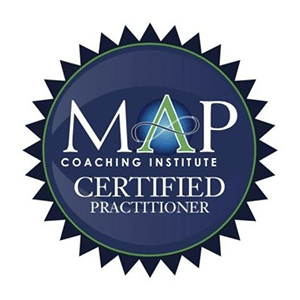

Madeleine Lowry, NTP, CMMP
Certfied MAP Method Practitioner
Madeleine specializes in neural retraining for chronic conditions. As a Nutritional Therapy Practitioner, she worked with many clients who were interested in eliminating allergies, sensitivities and intolerances. After learning a basic method and seeing its limitations, she trained in an advanced method of retraining the brain and now offers MAP sessions over Zoom and online self-paced programs for Anxiety/Depression, Sensitivities, Chronic Pain, Self-Healing, and COVID Long.
Related Posts

